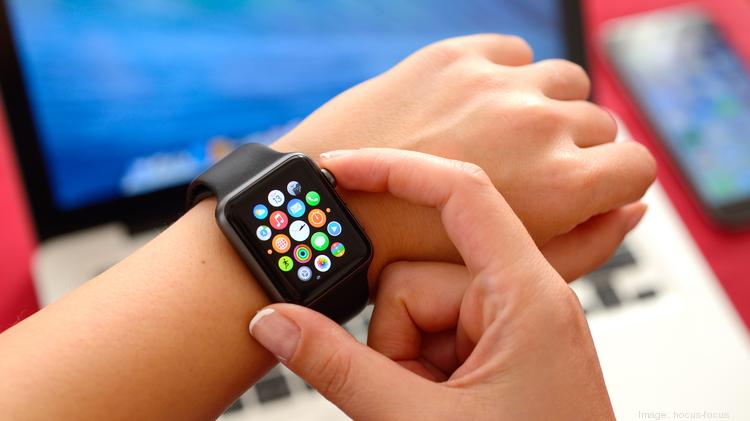Healthcare executives are increasingly worried about business model disruption due to the influx of new entrants, processes, and technologies into the healthcare industry. According to Change Healthcare’s 9th Annual Industry Pulse Survey, 13.3% of 185 healthcare leaders believe that innovations in care delivery will lead to potential advancement within the industry and 11.1% believe that refinement of customer experience will create disruptive change. Other potential disruptors include supply chain innovations (9%), launch of vertical one-stop healthcare companies (8%), and advances in artificial capabilities (7%). However, the survey findings also suggest that healthcare leaders are increasingly embracing healthcare technologies. Thirty percent of leaders indicate that EHRs are their leading source of clinical data and another 30% of respondents say that analytics are “extremely effective” or “very effective” at increasing workflow productivity.
Health systems are also jumping into the digital age, with patients portals employed by 73% and telehealth solutions employed by 54% of all surveyed respondents. Twenty percent of respondents indicate they currently use machine learning and 51% plan to employ the technology in the future. Interestingly, the survey reveals a marked lack of attention toward cybersecurity. Even while 40% of healthcare leaders see cybercrime as a potential risk, 38% answered that there are “too many competing priorities” to warrant the level of attention that cybersecurity needs. Nevertheless, the threat of disruption has charged healthcare leaders to intensify its commitment to combating new market entrants.
















